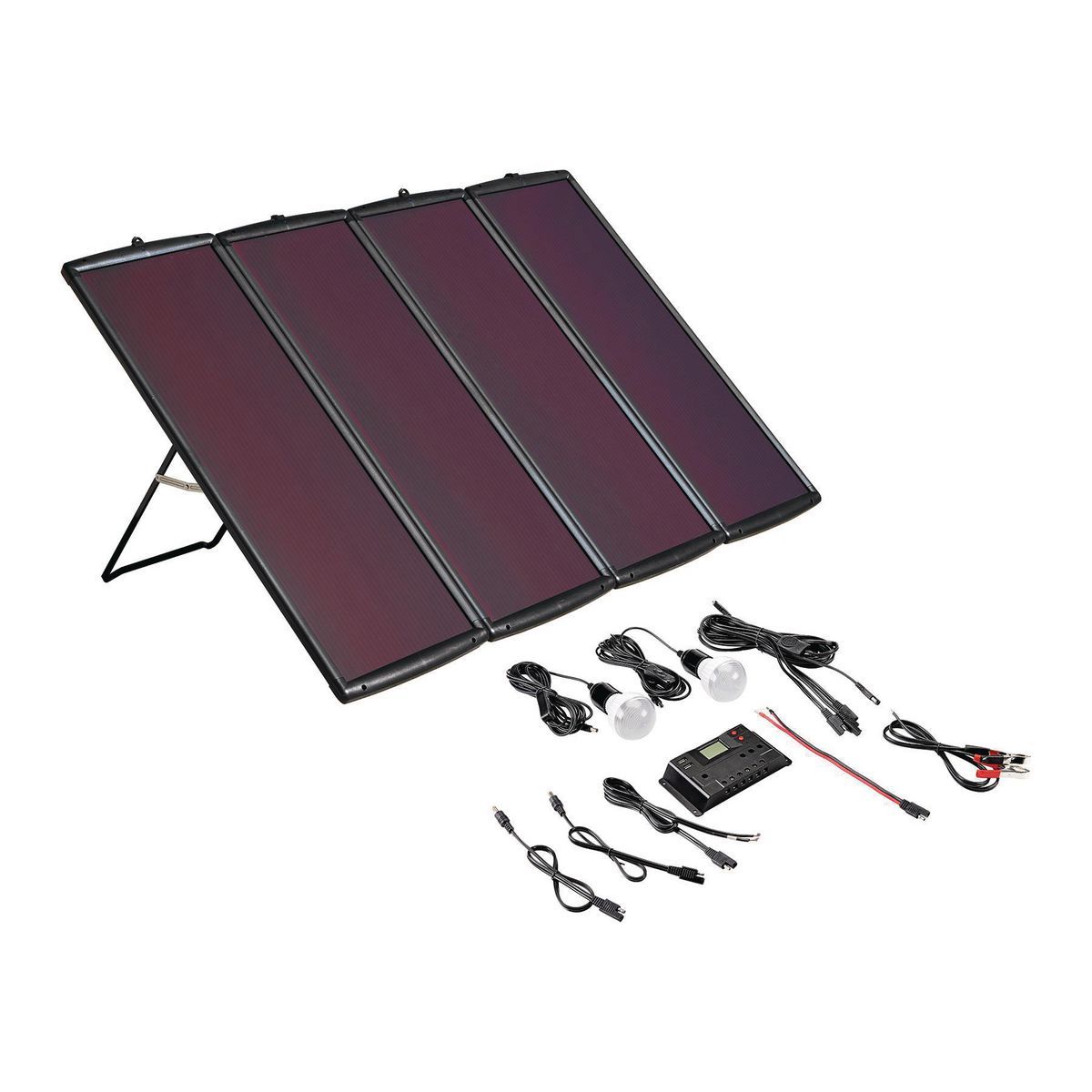Kevin Means
Site Team
I really don't mean to belittle your friend, but there are all kinds of problems with his opinions and recommendations. As a frame of reference, our 43 foot motorhome has a large residential fridge, three entertainment centers, a 12 cup coffee-maker and a large convection microwave oven. All of them run off a 2800 watt inverter. A larger inverter - especially one rated at 5000 to 7000 watts would be way overkill - a waste of power and money.
It is technically possible to power a single roof air unit with batteries and an inverter, but very impractical. Our eight deep cycle AGM house-batteries (840 AH) and inverter could probably do it for 30 minutes or so on a full charge, but then they'd be drained. Do that several times and the batteries would be toast. We'd also be out of power for everything else.
The charging rate of our 960 watt solar array could probably keep up with the draw of a single roof AC unit for a couple of hours, but only if it was sunny. There's no way our relatively large battery-bank, inverter and solar array could power even two of our three roof AC units for any length of time. The surge from the compressors kicking on would overload the inverter. A larger inverter would require a proportional battery-bank - one that most RVs wouldn't have enough room for. You're talkin' a BIG battery-bank!
Powering an RV's roof AC unit(s) with batteries and an inverter just isn't practical - even with a relatively large solar array. If it were, people would be doing it all the time. A generator is really the only practical solution.
Kev
It is technically possible to power a single roof air unit with batteries and an inverter, but very impractical. Our eight deep cycle AGM house-batteries (840 AH) and inverter could probably do it for 30 minutes or so on a full charge, but then they'd be drained. Do that several times and the batteries would be toast. We'd also be out of power for everything else.
The charging rate of our 960 watt solar array could probably keep up with the draw of a single roof AC unit for a couple of hours, but only if it was sunny. There's no way our relatively large battery-bank, inverter and solar array could power even two of our three roof AC units for any length of time. The surge from the compressors kicking on would overload the inverter. A larger inverter would require a proportional battery-bank - one that most RVs wouldn't have enough room for. You're talkin' a BIG battery-bank!
Powering an RV's roof AC unit(s) with batteries and an inverter just isn't practical - even with a relatively large solar array. If it were, people would be doing it all the time. A generator is really the only practical solution.
Kev

